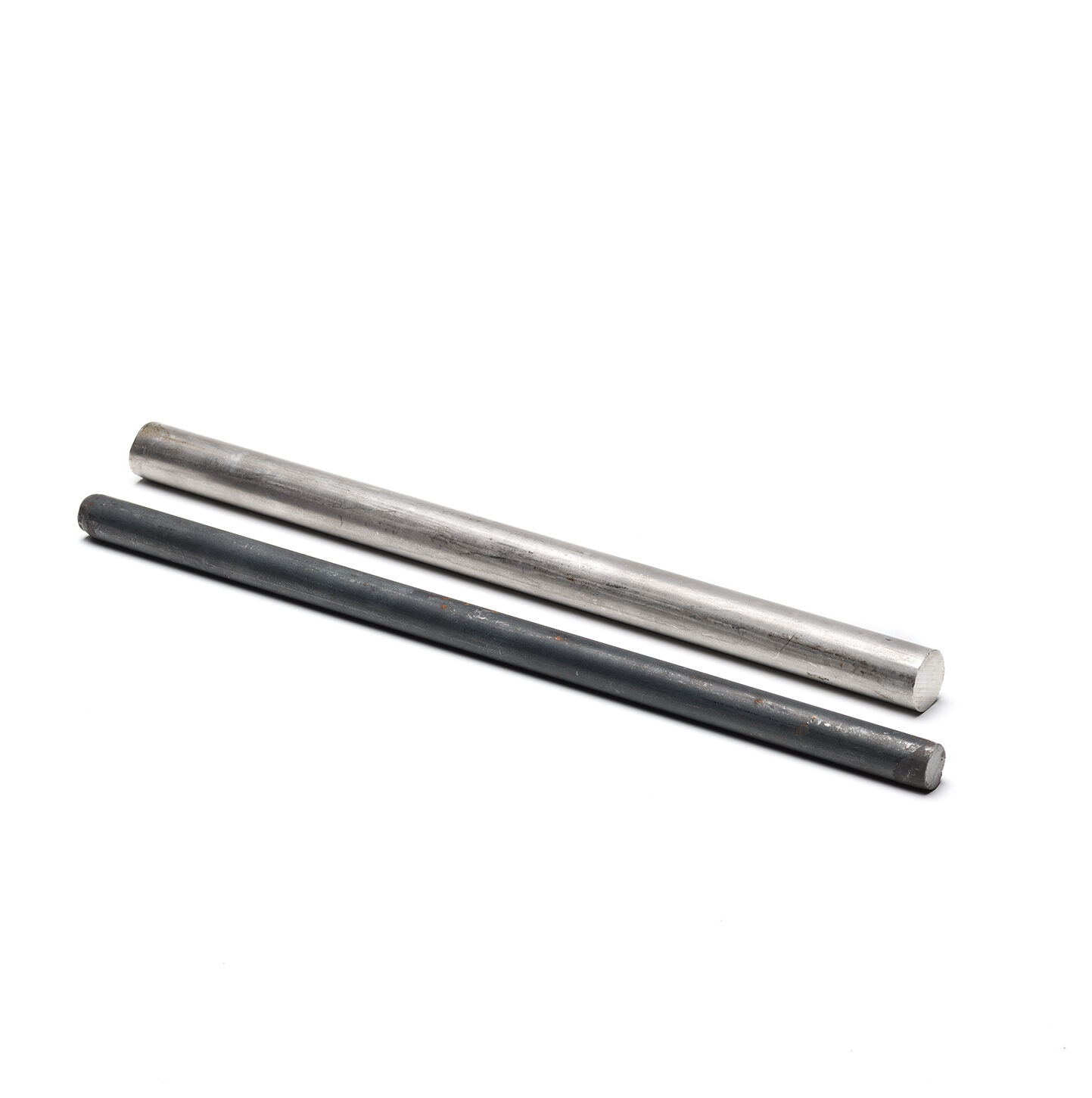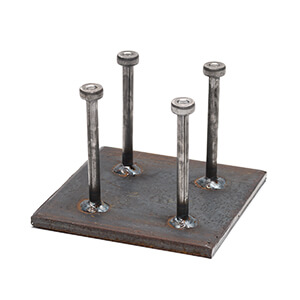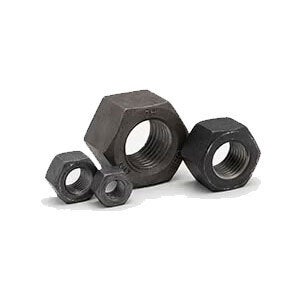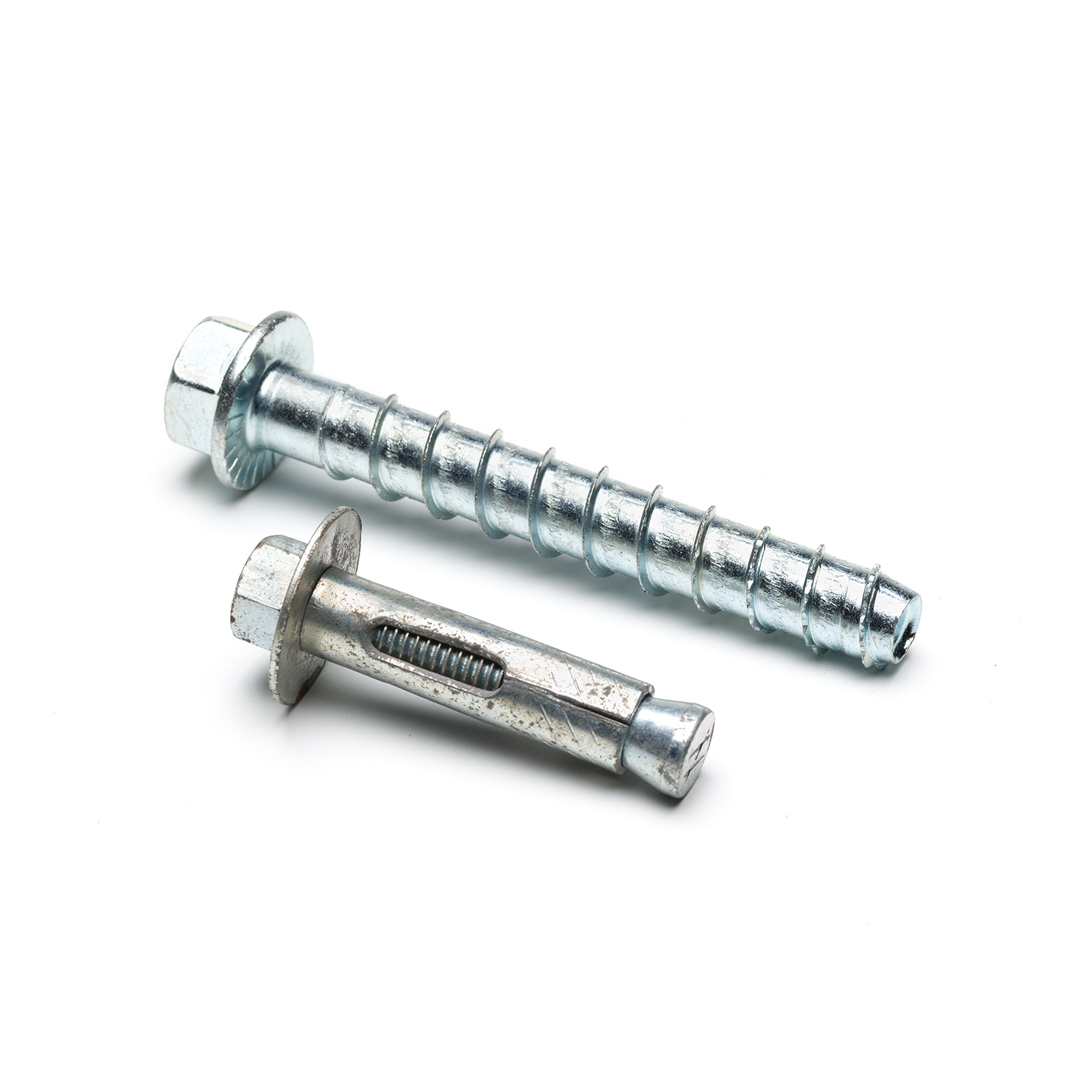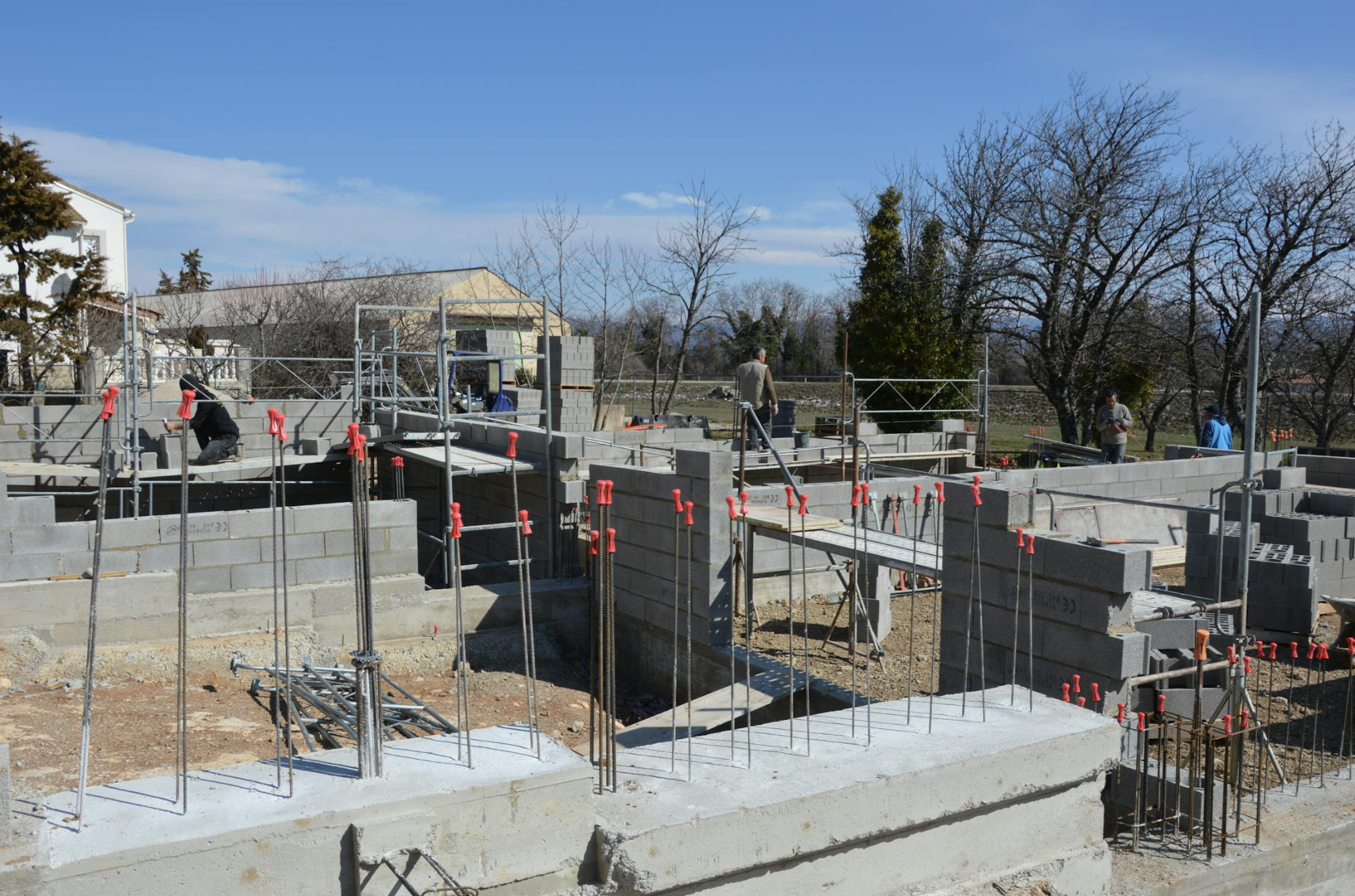
Rebar, short for “reinforcing bar,” is a crucial construction material that reinforces and strengthens concrete structures. It’s like the skeleton beneath the skin of a building, providing support and stability. Rebar is typically made from steel and comes in various shapes and sizes, each designed for specific purposes.
Let’s explore the types of rebar and why this would be a useful tool for various construction projects.
Types of Rebar
A706-GR60 and A615-GR60 are the most common rebar types. Threadline Stocks #3 through #14 rebar. Threadline can cut, bend or thread rebar to you exact specifications
Epoxy-Coated and Galvanized Rebar: is used to protect against corrosion. According to the American Concrete Association, the epoxy is a protective coating surrounding the steel. This coating prevents moisture and chemicals from reaching the steel, making it suitable for structures in coastal or corrosive environments like bridges and marine facilities.
Uses for Rebar
Rebar is a versatile construction material found in many different places. Rebar helps make roads and highways tough and durable. It’s often used for concrete roads and highway overpasses to ensure the road can handle the weight and stress of heavy vehicles. As an alternative to traditional Anchor Bolt, post tension systems, systemic retrofits and many other applications where reinforcing concrete is required.
In houses and apartment buildings, rebar is used in foundations and poured walls. It helps prevent cracks and provides stability. Factories and industrial plants often use rebar in construction to help these facilities handle heavy machinery, equipment, and industrial processes.
When digging tunnels, rebar is essential to strengthen the walls and roof. It ensures that the tunnel stays secure and doesn’t collapse. Retaining walls also use rebar to hold back soil and prevent erosion. Similarly, rebar – especially epoxy-coated rebar – is used in seawalls and other coastal structures to protect against corrosion and erosion caused by saltwater.
Rebar Uses in Bridges vs. Skyscrapers
In bridge and skyscraper construction, deformed rebar plays a pivotal role. In bridges, the rebar strengthens the bond between concrete and steel on horizontal deck surfaces, helping withstand wind and temperature changes. Conversely, skyscrapers depend on rebar to reinforce concrete columns and floors, needing gripping properties to endure vertical and lateral loads.
The distinction between bridge and skyscraper rebar use lies in the types of loads. Bridges encounter horizontal forces due to traffic temperature changes, emphasizing rebar in horizontal deck surfaces and support beams. Skyscrapers must handle vertical weight, wind resistance, and seismic stability, necessitating substantial rebar reinforcement, particularly in vertical columns and the building’s core.
The various types and uses of rebars make it imperative for engineers to consider which reinforcements should be used carefully. Not only will engineers need to consult with designers, but they will also need to uphold construction guidelines, maintaining structural integrity.
Find Rebar For Your Next Project
Rebar is a fundamental building material that provides strength and durability to various structures. Regardless of use, rebar plays a pivotal role in ensuring the safety and longevity of our built environment. Its different types cater to the unique needs of diverse construction projects, making it an indispensable component in the construction world.
For more information, consider contacting our team at Threadline Products. Our team has over 100+ experience in the construction industry and knows exactly what you’ll need for your next project.
